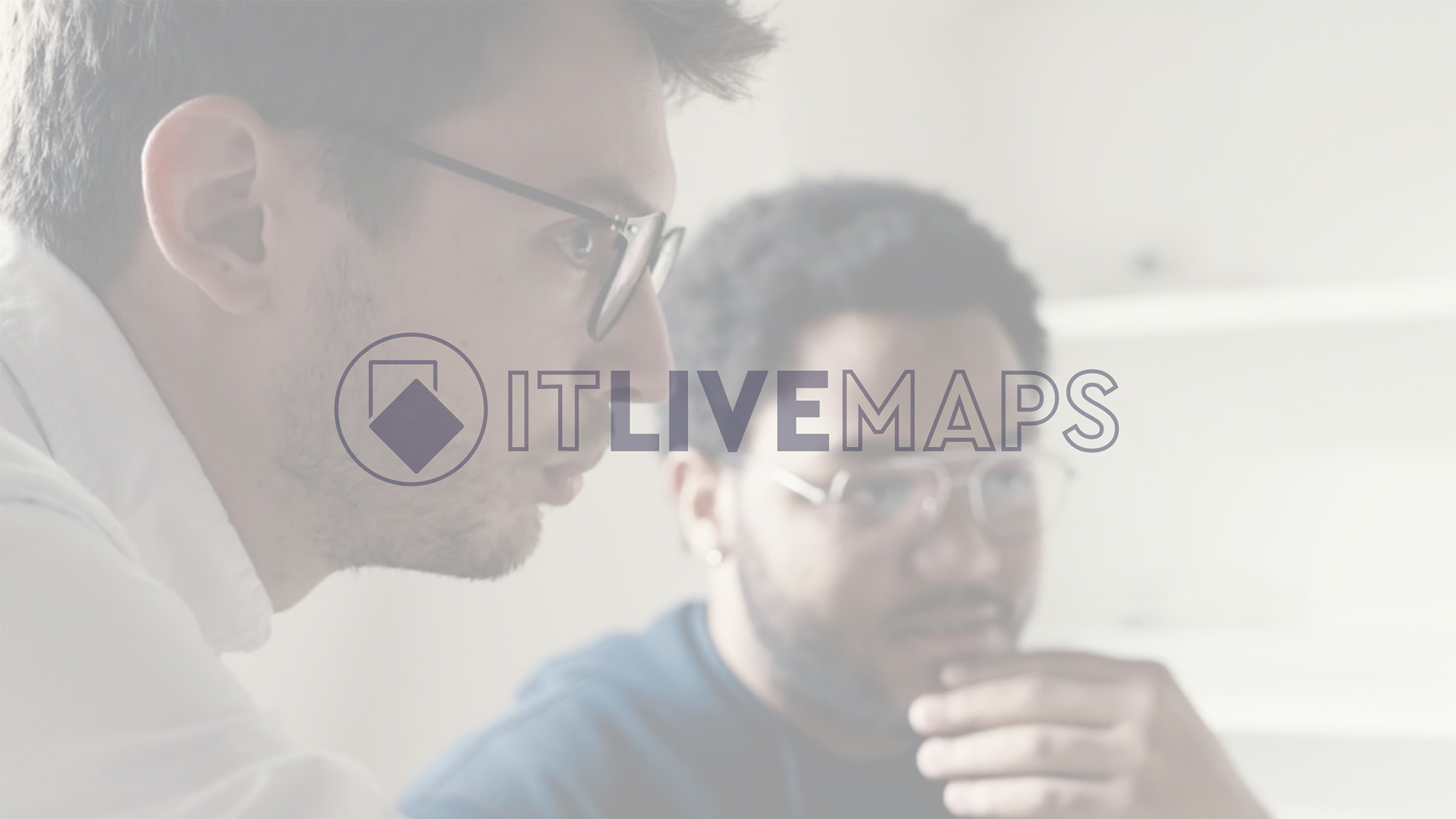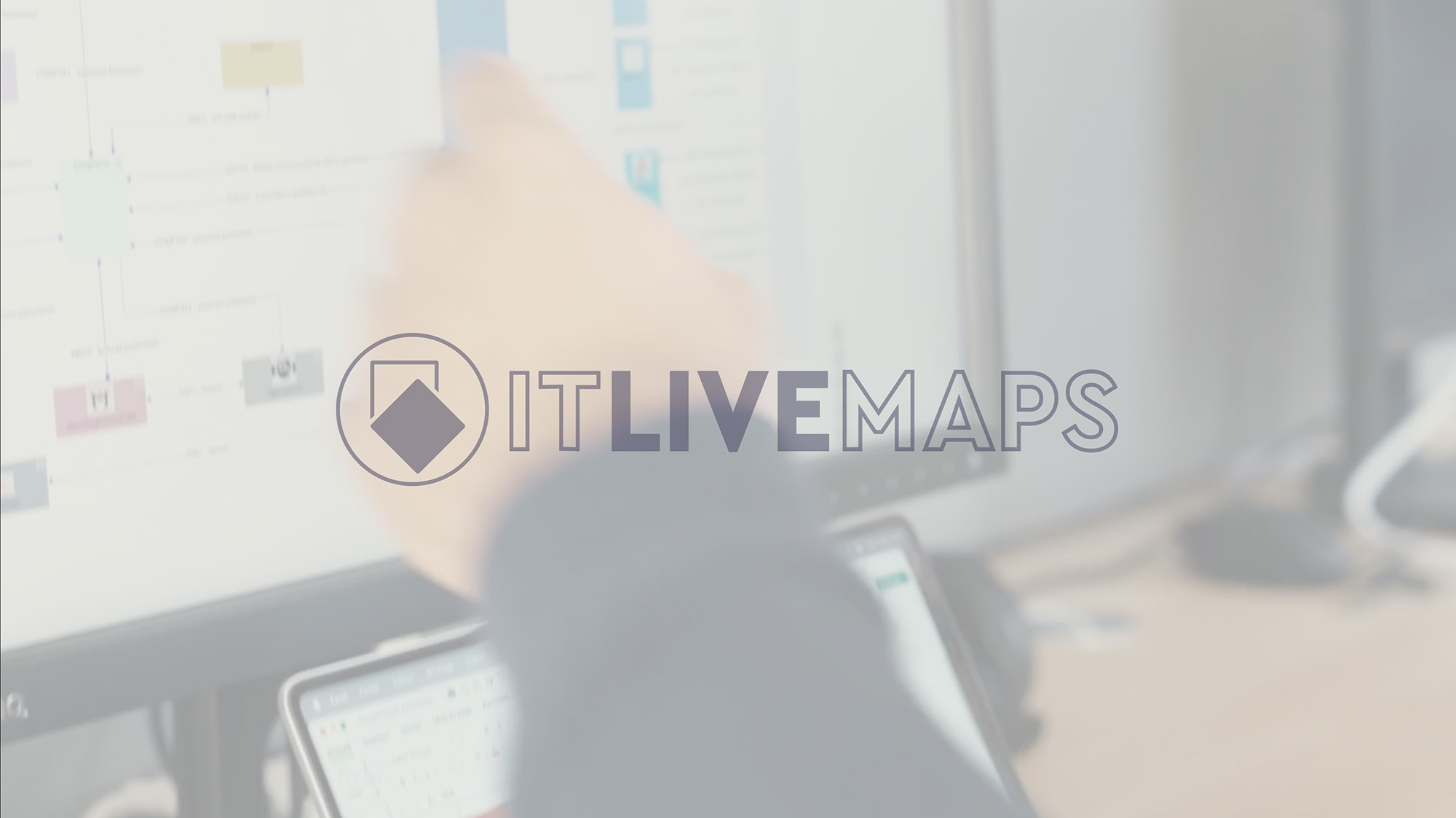A model of efficiency
Based on proven models and backed by a support service crucial to maintaining your assets

Models
Business layer
The business layer provides a representation of the organization and business processes. Our model relies on classic modeling standards for processes (BPMN). We integrate concepts of organizational units and business roles for the organization model.
- Processus
- Organisation
Data layer
This layer addresses data modeling (description of the business objets, break down in facets and links between entities), data governance (application roles: master, contributor, distributor…) as well as data propagation (via links with application flows that transport the data).
- Data governance
- RGPD
- Data dissemination
- Data modeling
Functional layer
The functional layer provides a map of functions and data organized in areas called business areas. These functions define or manipulate transactional and reference data.
- Zone, quartier, îlot
- Business capabilities
Application layer
The application layer describes how functional concepts are instanciated in IT applications.
Here we identify applications, how they are instantiated based on the organization, the data they manage, the functions they provide and the flows or services that link them together.
- Enterprise Architecture
- APM / Application Portolio Management
- Application flow mapping
- Intégration
Technical layer
The purpose of this layer is to describe the technical architecture of applications and the infrastructure. It shows the underlying technology and resources powering IT systems:
- Hardware and physical components (datacenter, servers, storage, network),
- Middleware components (databased, application servers, etc.),
Our model is inspired by the Service Oriented Infrastructure model which represents technical and organizational means supporting an application as services.
- Service Oriented Infrastructure (SOI)
- Cloud
Business layer
Business layer
It provides a representation of the organization and business processes. Our model relies on classic modeling standards for processes (BPMN). We integrate concepts of organizational units and business roles for the organization model.
- Processus
- Organisation
Data layer
Data layer
This layer addresses data modeling (description of the business objets, break down in facets and links between entities), data governance (application roles: master, contributor, distributor…) as well as data propagation (via links with application flows that transport the data).
- Data governance
- RGPD
- Data dissemination
- Data modeling
Functional lyer
Functional lyer
This layer provides a map of functions and data organized in areas called business areas. These functions define or manipulate transactional and reference data.
- Zone, quartier, îlot
- Business capabilities
Application layer
Application layer
This layer describes how functional concepts are instanciated in IT applications.
Here we identify applications, how they are instantiated based on the organization, the data they manage, the functions they provide and the flows or services that link them together.
- Applicative Architecture
- APM / Application Portolio Management
- Inter-application flow
- Integration
Technical layer
Technical layer
The purpose of this layer is to describe the technical architecture of applications and the infrastructure. It shows the underlying technology and resources powering IT systems:
- Hardware and physical components (datacenter, servers, storage, network),
- Middleware components (databased, application servers, etc.),
Our model is inspired by the Service Oriented Infrastructure model which represents technical and organizational means supporting an application as services.
- Service Oriented Infrastructure (SOI)
- Cloud
And much more…
Et plus encore...
- Un outil extensible, en développement constant
- Analyse d'impact, comprendre de bout en bout
And much more…
An extensible tool, constantly evolving
IT Live Maps is not limited to these five layers. It is customizable and extensible according to your preferences, needs and stakes. We are available to assess your specific needs and make the adequate proposal.
Several models are currently under development: organization, configuration management, project portfolio management, detailed infrastructure…
Impact analysis, in-depth understanding
Beyond horizontal analysis within a single layer, a key benefit is to understand problems end-to-end, from processes to applications to servers.
IT Live Maps is designed to enable the most relevant perspective-based analysis, whether horizontal or transversal, depending on the objectives:
- Audit of a specific layer
- Master plan
- Obsolescence analysis based on asset inventory

in 7 features
Live diagrams
Generated cards
dynamically
Personnalized views
A collaborative tool
Intuitive navigation
Modern web client
Personalized representations
Live diagrams
Dynamic views allow data to be explored from different perspectives: time, projects, various object characteristics, etc.
Generated cards dynamically
No manual diagramming, data is the foundation of all views : what you see always stays consistent with the data.
Personnalized views
Views are generated based on customizable rules (colors, shapes, labels, etc.)
A collaborative tool
Data can be updated collaboratively in the tool or loaded from Excel, but can always be exported for reversibility purposes.
Intuitive navigation
Navigation is an integral part of the model and its implementation. It is possible to navigate both horizontally within a modeling layer and vertically between layers.
Modern web client
The IT Live Maps solution is highly customizable and extensible, with many additionnal features such as reporting, etc.
Personalized representations
Easy to access and to deploy, directly from the browser with SSO integration.
1. Live diagrams
Dynamic views allow data to be explored from different perspectives: time, projects, various object characteristics, etc.
2. Generated cards dynamically
No manual diagramming, data is the foundation of all views : what you see always stays consistent with the data.
3. Personnalized views
Views are generated based on customizable rules (colors, shapes, labels, etc.)
4. A collaborative tool
Data can be updated collaboratively in the tool or loaded from Excel, but can always be exported for reversibility purposes.
5. Intuitive navigation
6. Modern web client
Possible integration of additional functionalities, reporting among others.
7. Personalized representations
Service Delivery Manager
Navigate the maps with a guide!

Get the most out of your IT maps by relying on our experience. Key to successful adoption, we organize and facilitate the integration of modeling in your project processes.
By working hand in hand with your users, the Service Delivery Manager helps them be more efficient and engaged. Overall quality benefits from the positive feedback loop enabled by regular reviews and facilitation targeted to your IT leadership.
The Service Delivery Manager supports the evolution of IT maps, keeps it in good health, and enriches it based on your needs and challenges (cybersecurity, compliance…). IT maps are the image of your IT, they too need a guide to evolve for the best!
La cartographie est à l’image de votre SI, elle a besoin d’un guide pour bien évoluer
Success stories

Entreprise architecture and IT flow maps on a daily basis
enioka Conseil’s enterprise architecture and solution architects consultants use IT Live Maps on a daily basis as a tool for their mission.
enioka Conseil – Société par action simplifiée au capital de 1 067 600 euros.
Siège social : 13 rue du Mail 75002 Paris
R.C.S. Versailles N° 840 677 801
©Annabel Fournier, Jérémy Ruiz